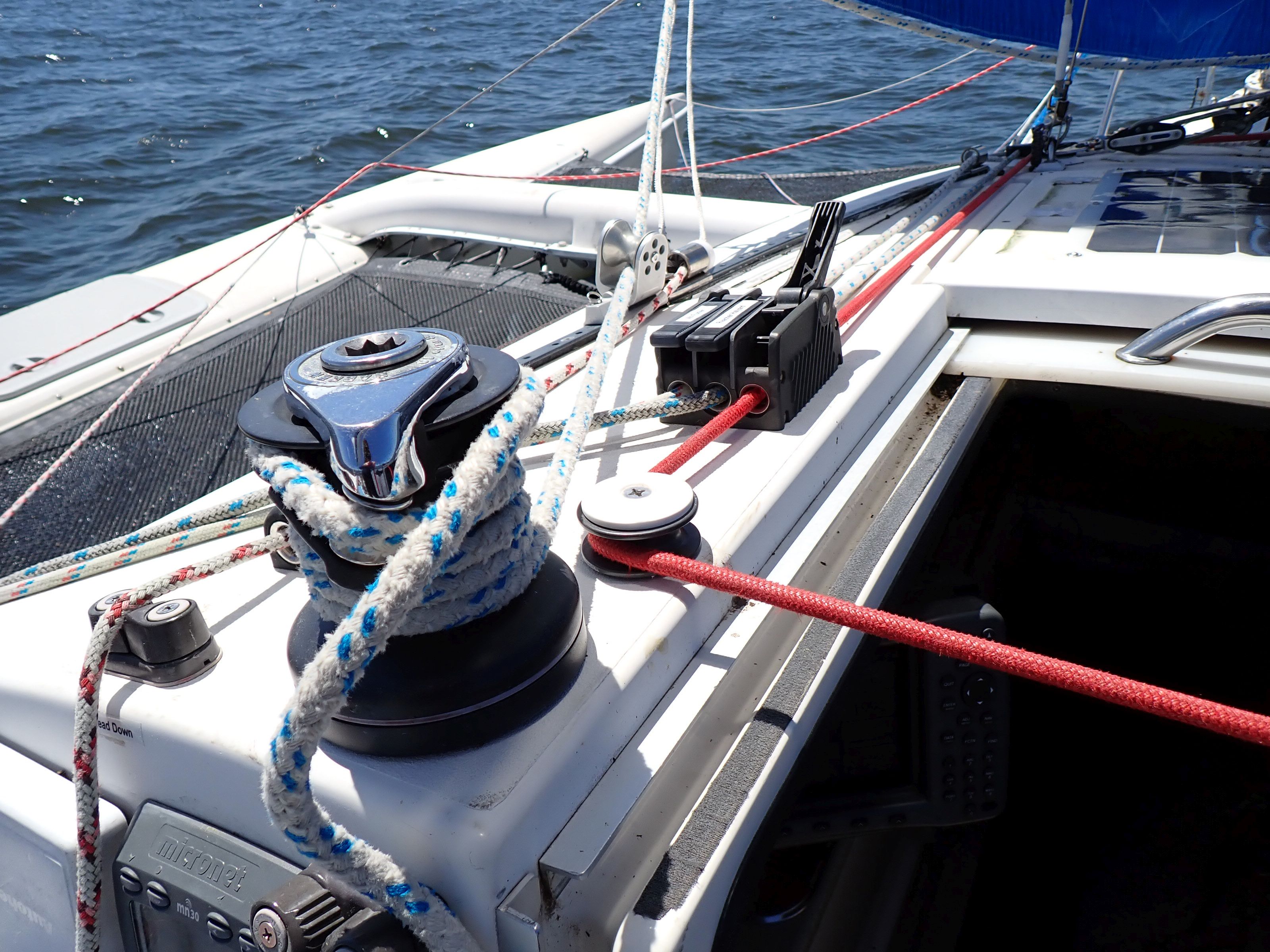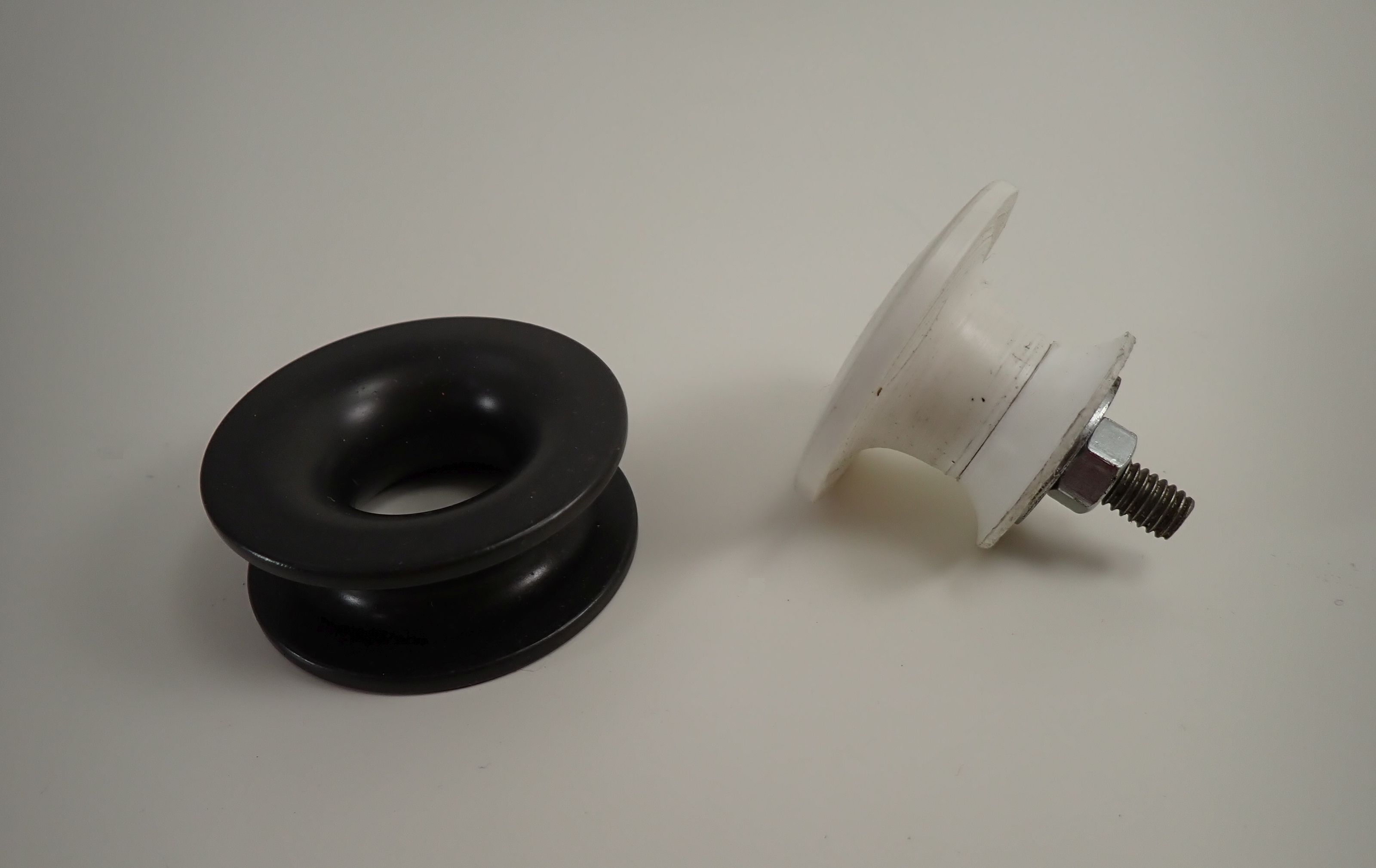I do a lot of 3D design and printing for all sorts of things. We have a room dedicated to 3D printers ... so that's how bad it is.
Pretty much everything I do is very specific to an application, so not very useful for general use. I fully agree. most of the stuff I have seen are interesting toys but the reason I got the printer was to make stuff that I have a need for and are not available to my specification elsewhere.
I am a Structural Engineer and just recently retired and closed my company. I am a master modeler in Revit and have taught weeklong advanced concrete modeling courses for the Autodesk reseller. 3d modeling is nothing new to me but I have been working on a slightly bigger scale. My models typically are full industrial precast/prestressed concrete structures, and the models contain every rebar, bolt, plate, texture, color, embedment... in the building.
I would think a printer would be of pretty limited use if you don't design your own parts. There are lots of handy STLs available for download, but for me, it is all about making something that is EXACTLY what I want.
@stickinthemud57 has some good advice. There is also Onshape. I use Fusion 360 because it is what I know and it also allows me to do simulations to identify points of failure. But, my son also turned me onto Onshape which is VERY capable and free (if you don't mind making your designs public) and it runs entirely in the browser - which sounds like it would suck, but it is really quite excellent.
I have used the free version of Fusion 360 and found it rather clunky and limited. You must have the pay version because the free cannot do stresses which I would really like.
As for materials, in addition to what has been said, ABS tends to be my go-to for many functional parts. I am set up to print with it and it has the distinct advantage of being solvent weldable with acetone. So, parts can be printed in multiple pieces for the most advantageous orientation, then stuck together with acetone, resulting in a bond that is stronger than the rest of the part. And, parts can be vapor polished, which also improves strength as well as looking great.
So far most everything that I have printed has been in ABS for all of the above reasons. I have printed a few items in TPU and it is very handy when you need flexibility.
Also, often overlooked are:
- Nylon: Takes a fairly capable printer, but can be really useful. I am not sure about this but think that it might with some modifications. I have ordered the 0.4" hardened hotend assembly.
- TPU: This can be tricky to print with, for many printers, but once you get it figured out, it is a fantastic material! It is flexible, compressible, stretchable, and nearly indestructible. I have printed some TPU items, and they came out great.
- Carbon-filled or Glass-filled PLA: Pretty handy when you can't print with more demanding materials but need some additional strength that PLA won't give you. Does this filament have the problems with UV and aging that regular PLA has?
- NylonG: The stuff of dreams. If your printer can print nylon (many can't quite get there), then NylonG (glass-filled nylon) is pretty excellent. You can make some really durable parts. I made a replacement cog for an oscillating tool, years ago, and it is still in great shape. I have not heard of this filament but will be looking into it. My understanding is that with some minor modifications, I should be able to print some of the carbon fiber filaments.
As far as specific designs useful to boats, some ideas people sometimes don't think about:
- Custom jigs and guides: This is one of the most handy uses for boat projects. For example, we are replacing the ceiling with tongue-and-groove planks that need to be cut precisely. So, I made a sort of miter box that exactly fits the planks and also adjusts for length. So, I use the jig to measure the gap (like a giant Vernier caliper), then flip it over to make the exact cut to fit that gap. Also, made a drill guide for drilling holes in backer plates. That sort of thing. This is one of the things I am looking forward to. I watch the YouTube channel "Living For Sail" and he is also an engineer and has made a bunch of jigs for his refit. He has really gotten my creative juices flowing.
- Wire management: Every nook and cranny has its own requirements. Building a custom rig for wires in each space makes for a tidy setup. (I have only seen this on another boat. My wiring is a train wreck, still.) I saw someone today that is doing this and I will be looking into it. My wires are a mess, and I have a ton of electrical gear.
- Instrument covers: I sat on and cracked the cover to the radar screen, so I need to replace that. So, I decided to make custom and matching covers for all instruments - embossed with our boat name. (Haven't done this yet.) Sounds like a nice job for TPU.
- Placards: When a label maker won't quite cut it, even a very modest 3D printer can make some pretty detailed placards. This usually takes a bit of hand-finishing to not look like a cheap 3D-printed plastic part, but the result can look pretty good. I have some bronze-looking panels.
A few thoughts on your wishlist. First, most people only ever print in PLA. They get pretty good results with that and, as a result, never try other materials. PLA is not, as a rule, ideal for functional parts. If a part is meant to be exposed, PLA is never a good choice. PLA is good for rapid prototyping and certain cosmetic applications, or in cases where the part is intended to be temporary:
I do not even plan to buy any PLA. My printer will come with some half rolls and that is probably all I will have. ABS and TPU will be my primary filaments. If it was significantly less expensive than ABS, I would use it for prototyping but so far, it looks to be about the same cost as ABS.
- Insulation Cover: A good use for a printer. I would use TPU, given the option. PETG would be another good choice. This is not intended to be a soft item. Is it a protective hard cover to keep anything metal from touching my 2/0 conductor ring terminals on the shunt on my main positive cable coming off my 250A alternator. Solid and robust is the name of the game!
- Sump Box: It is almost always better to buy a box and customize it, if needed, with 3D-printed parts. If the box is quite small, 3D printing can be OK, but anything bigger than, say, a hamster, is usually better served with a pre-made box. (Not always true, but in general.) My boat is a Catalina 30 and it has a very narrow bilge. It is much smaller than any of the commercial shower sumps. It will also need to accommodate at least three of the keel bolts. Custom is the only thing that will work. It will be out of ABS for its ability to handle water.
- Pump Housing: I don't understand this well enough to comment. As I said, my bilge is very narrow and only about 8" deep. It is just the floor of the keel stub which is 8" deep by 6" max wide by 6' to 8' long. I have an automatic primary bilge pump that is 200GPH and mounted flat on the floor to handle normal bilge needs. It has an electronic switch and excessive runtime and high-water alarms. I then have an emergency 4000-gph bilge pump that is intended to be used only when the primary 2000-gph cannot keep up or fails. It has a mechanical float switch and is hard wired to the battery and has a loud alarm that will sound whenever it is running [with a kill switch for sanity]. My intent is for this pump to be mounted to a housing that is fastened to the top of the keel bolt nuts. It will be higher than the "pump on" level of the primary so it should never get wet unless it is needed in a major emergency. I plan to 3d print this platform out of ABS.
- Boat Hook Holder and Line Holders: I did this for my last boat. PETG is a good choice. The key is printing in the right orientation. The layers should be parallel with the stress. In other words - print them on their side. If a part fails, it will typically fail between two layers. I have printed hose clamps that are just about invincible - you just need to print in the correct orientation and ensure good layer adhesion (which often means printing with low or no fan). This is simular to one of the things I printed on BIL's printer in ABS. I made a flag pole holder for a telicoping flagpole that holds my Starlink Dishy. I printed it so that the layers are perpendicular to the flagpole and used 4-rows before truss fill at 70%. It weathered a squall the other day with winds over 35-nts, so it is pretty strong.
- Tank Caps: Most folks don't realize that you can print pretty good threads, if you know the thread size. Fusion 360 actually makes this super simple to model. So, it is totally reasonable to print your own caps - just ensure the material is appropriate to what the tank holds. And, it helps to downsize to a 0.2 nozzle at the smallest layer height your printer will do - and print slowly. My standard SS nozzle is 0.2 and I have seen the effect of thin rows. These caps have a slight crown so thin rows will be very important to get a good finish. I am planning on water, fuel and black tank all out of ABS which I think should be good for those uses. It might be a good item to try vapor polishing as well.
- Fender Line Holders: This is one of those mission-critical applications that 3D printers aren't great at. If the part fails, it could result in some real damage. There are absolutely ways to print these so you could trust them, but it isn't as easy as downloading an STL and hitting the print button. To put this into perspective, I have been doing 3D design and printing for about 10 years, can print in just about any material, and am setup to anneal parts - and this is just one of those things I would prefer to buy than print. Good point. I was thinking that it could be an early CF project.
- Crab Guage: A really good early project to design and print. PLA is fine for this sort of thing, on the assumption that you will lose it and have to print another one. Print it hollow with minimal infill, and it will float well. Excellent suggestion.












